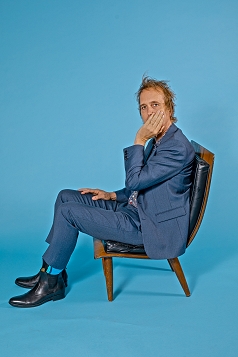Blog Crits
Valley Fever - Green On Red Live at the Rialto
“Downwardly mobile ambitions” - that’s how writer Fred Mills described the music of Green On Red, the Southwestern band that became an underground sensation in Europe during the eighties. The band was among a handful of progenitors of the eclipsed “desert rock” sound, which blended elements of country with a frenetic, edgy guitar sound a la Neil Young.
Starting in 1980, the band released 11 albums, toured relentlessly, and experienced immense burnout throughout a 12-year career that included its share of lineup changes, business squabbles and drug/alcohol addiction. Singer, guitarist, songwriter Dan Stuart could be the poster child for musicians stuck between cult status and overblown celebrity.
Valley Fever is a serendipitous document of a one-off reunion of the group paying tribute to drummer Alex MacNicol, who died in 2004. Stuart and his mates Chris Cacavas (keyboards), Chuck Prophet (guitar), and Jack Waterson (bass) enlisted the help of some Brazilian tourists with video cameras to film the show. Surprisingly, the film work is first-rate. Instead of the standard shaky-cam shots that more often show the stage lights than the band, the turistas.com cameras capture extraordinary frames of the members that show grudging appreciation of each other and at other times facial expressions that indicate the opening of old wounds from being on stage again.
The focus is on Stuart, Prophet and Waterson as they jam with casual abandon while Cacavas and hired gun Daren Hess on drums are the subjects of two shots while they pound out some spiritually energizing rhythms throughout. As with any film, it’s the small details that really make the characters stand out, and Valley Fever has a number of moments that illuminate us into the group’s dynamic. Among the best are Stuart grabbing and mangling his lyric cheat sheets after each song, and foisting them gently into the audience, as if they were dry tumbleweeds being carried off by a dusty wind.
Musically, the band is brilliant. Green On Red was never known for theatrics or technical precision, instead plying a sloppy, self-deprecating style that heightened the bands’ status as rock anti-heroes. Anyone familiar with the band knows Stuart hates live performances, especially in theatres. Yet, his hatred of performance enhances the lazy attack of guitar chords that solidified his reputation in the first place. Prophet plays against Stuart’s minimalist approach with some shrapnel-spewing lead work accompanied by Waterson’s lively bass. This mélange supporting Stuart’s lachrymose words leads to an exalted concert experience.
While Mills was spot-on about Green On Red’s “downwardly mobile ambitions”, Valley Fever proves why the group surpassed its own expectations on a path littered with eighties bands that never found their potential. While the Rialto concert is a fitting tribute to a fallen comrade, Valley Fever is homage to what Green On Red might have been.


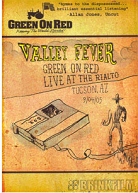



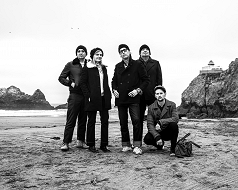


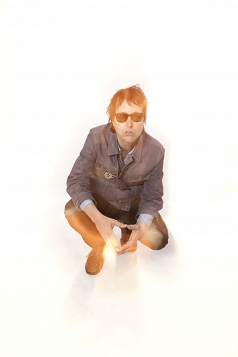
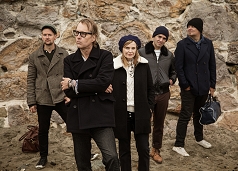
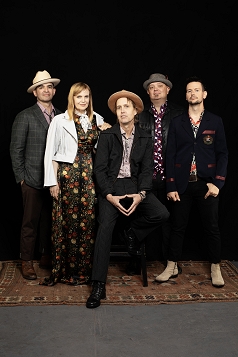
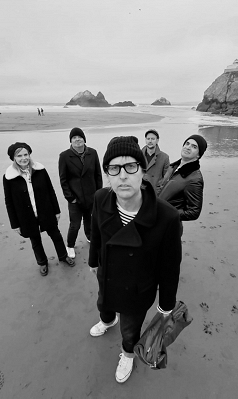
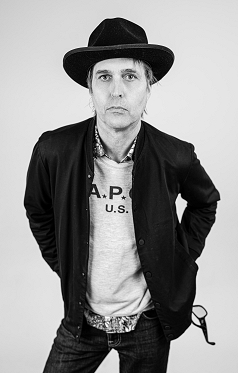
3_238_159auto_s_c1.jpeg)
